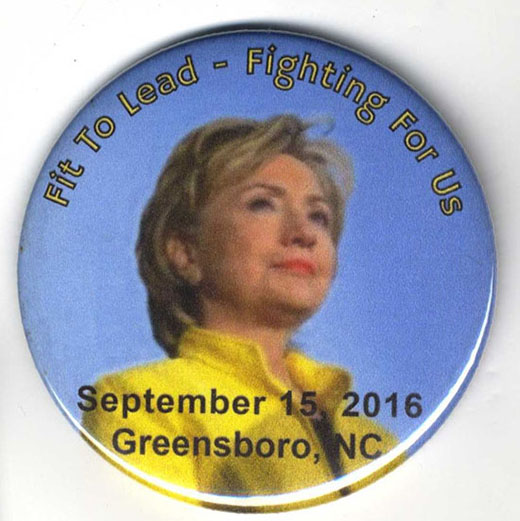“Pearl Jam played a liberal benefit concert in Charlotte, North Carolina last weekend, a show billed hopefully as a ‘farewell’ party for conservative North Carolina Senator Jesse Helms, who’s running for his fifth term. Also on hand was singer Eddie Vedder’s new political guru — Ms. magazine founder and inner-child advocate Gloria Steinem, back from the ’70s.
“Vedder: ‘We get a lot of letters, requests to play bar mitzvahs, Sweet 16 birthday parties and things like that, so when we heard there was a retirement party we didn’t think we could do it. When we heard it was for Jesse Helms we said, ‘Sign us up.’ ”
— From “Pearl Jam lends a hand” by MTV News Staff (Oct. 4, 1996)
Despite the efforts of Pearl Jam and Steinem, Helms for the second time turned back challenger Harvey Gantt. This is a signed mini version of the artist Emek’s widely praised gig poster.



